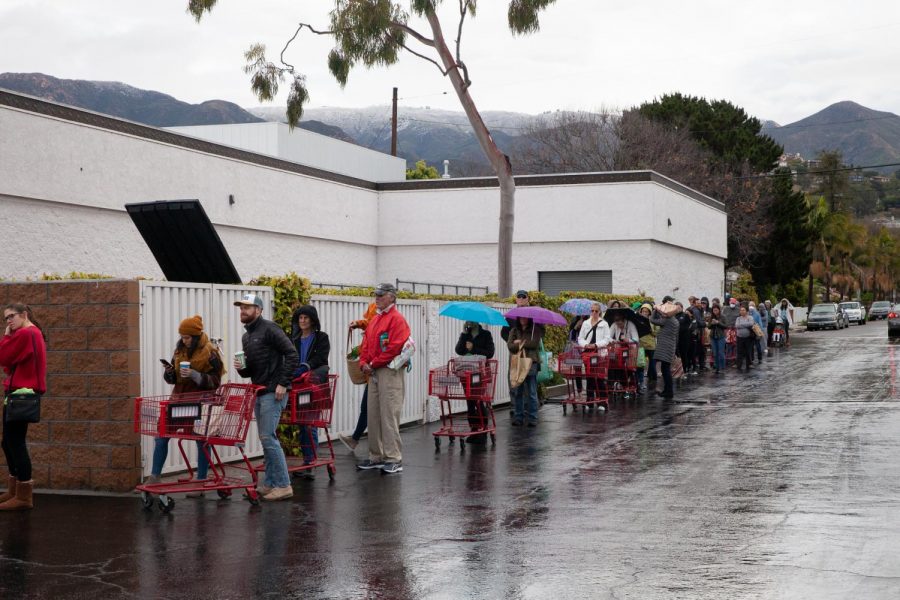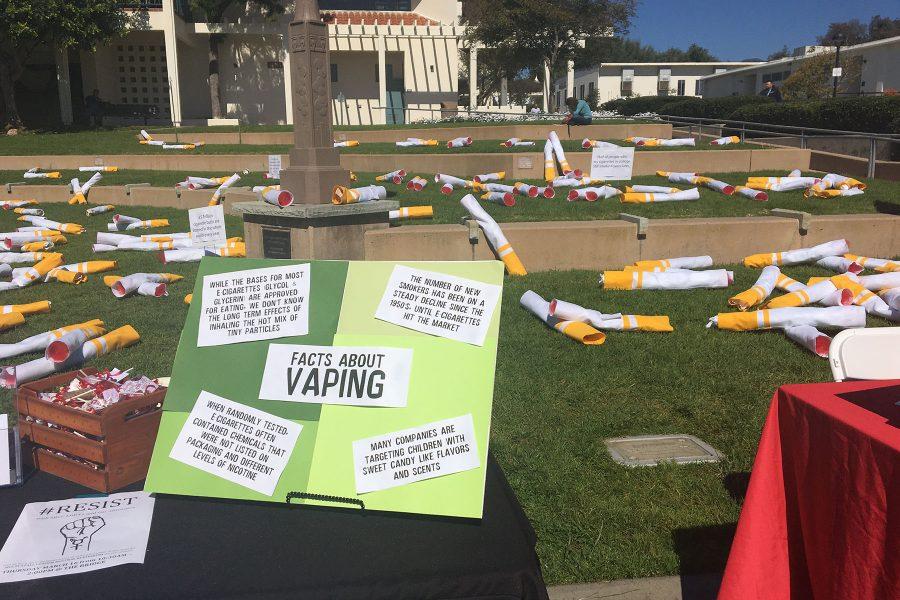With how crowded State Street can be on a Saturday night it’s hard to believe that another population exists beneath all those staggering feet.
State Street’s rats and mice are unwelcome visitors to restaurateurs who fight the battle discreetly: it is not difficult to imagine that if downtown’s rodent issue became a hot-button topic, many businesses would suffer the consequences.
Santa Barbara’s economy is reliant on tourism and consistent patronage of the downtown area. Neither locals nor tourists are likely to find the idea of thousands of furry competitors infiltrating their favorite restaurants and cafes very appetizing. As a result, the pest problem is a seemingly taboo topic of discussion.
During the two years I’ve lived here, I have seen everything from minuscule mice to rats the size of infant Chihuahuas rooting around amongst the sculpted bushes and evergreen trash receptacles of downtown. Even darting across the street.
Further, I have seen mice in more than one restaurant in the downtown area, the names of which will remain anonymous. When I witness these instances of illustrious rodent activity, I can’t help but wonder just how many are really out there carrying disease, living amongst us and subsisting on whatever we leave behind.
Beginning in January of 2004, the city adopted an Integrated Pest Management (IPM) strategy to simultaneously reduce the use of harmful pesticides and combat the pest problem. These ranges from insidious plants, to insects and larger animals like mice and rats.
The pilot Annual Report of 2004, which catalogued the progress of IPM policy, reveals that of the pests encountered, rats and mice, were observed in five of the seven city areas.
The same report in 2009, however, shows that rats and mice were found to be an issue in six of the seven areas of city property.
In five years, Santa Barbara’s creeks became the single exception.
The rodents were also considered the third most serious concern in the public works category, and the number one concern for the Waterfront.
Moreover, rats and mice are considered under the “human health” category. This means that they are a concern because of aesthetic sensitivity, but also for legitimate health reasons.
If there is to be a change in the rodent population of Santa Barbara, the city must enforce stricter pest policies. Restaurants are subject to stern pest control requirements and must consistently demonstrate their cleanliness to government officials to remain open.
But to truly make progress, businesses need to be on a level playing field with the standards health inspectors expect.
State Street and areas within the affected zones that have a high density of food-related businesses and housing should be given higher priority. Perhaps the city could dedicate more sanitation workers to finding the areas where the pests are most prevalent to increase their efficiency.
For business owners propping their doors open on State Street everyday, there is no escape from the problem when the minute insurgents can simply retreat to the manicured planters that make up their public asylum.








